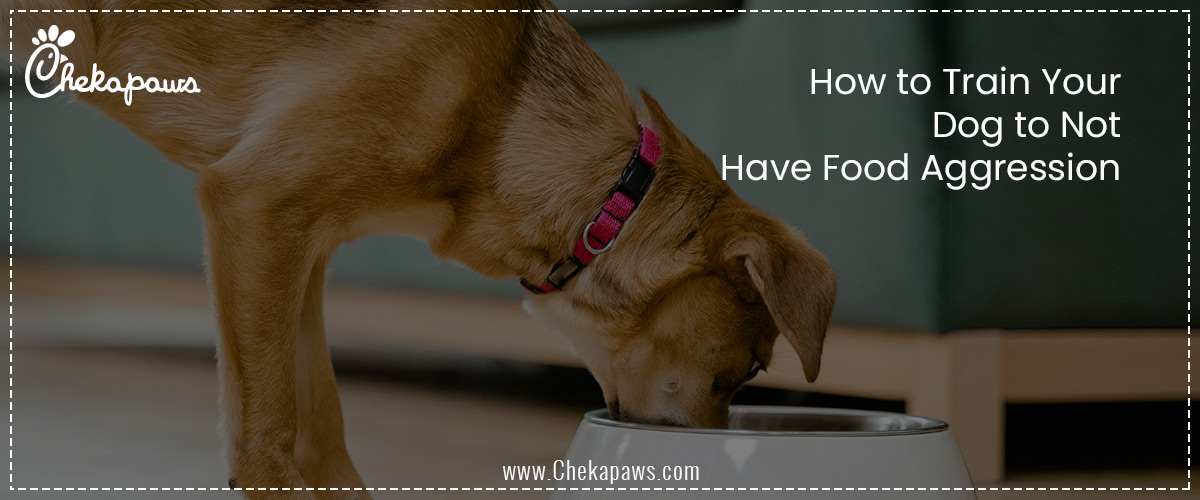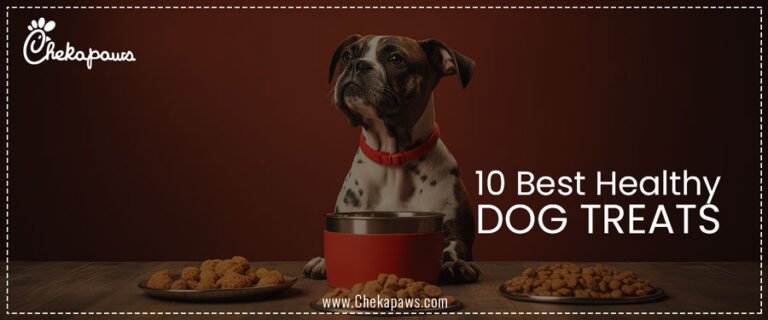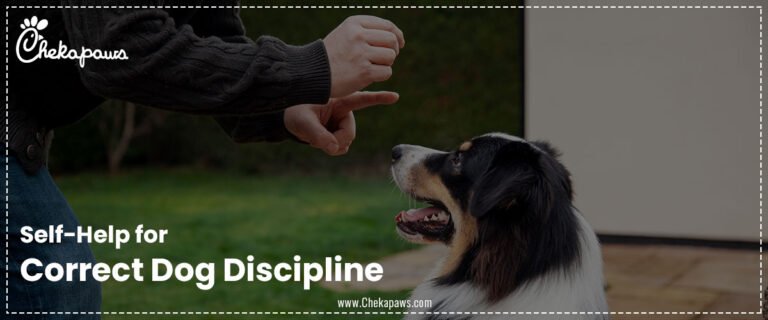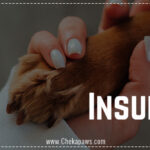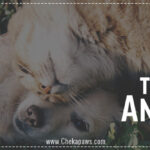As a dog parent, I understand that food aggression is a common yet serious behavioural issue. It happens when a dog becomes territorial of its food and frequently growls, snaps, or even bites when someone tries to eat it. This behavior can be risky, particularly in homes with kids or other animals. Effective prevention or resolution of food aggression can be achieved by comprehending the underlying reasons of this issue and putting appropriate training methods into practice. In order to make sure your dog feels safe and non-aggressive during mealtimes, this guide will provide you a thorough understanding of food aggression, how to prevent it in puppies, and detailed training techniques.
Table of Contents
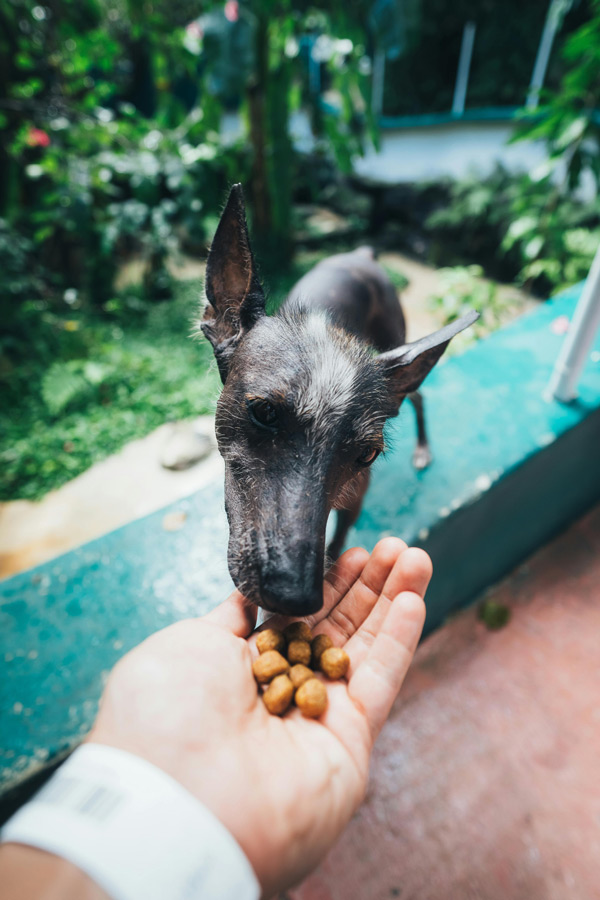
Understanding Food Aggression
Typically, instinct, negative incidents from the past, or inadequate training are the causes of food aggressiveness. Dogs had to fight for food in the wild, thus it was valuable to them. This instinct is still present in some domesticated dogs, particularly those that have previously faced competition or scarcity. Food aggressiveness symptoms include:
- Feeling stiff when eating
- Growling or glaring teeth when someone is close
- Biting or snapping if someone approaches too closely
- Making an effort to keep people or other pets away from the food bowl
Knowing if the aggression is low, moderate, or severe will help you choose the most effective training strategy.
Preventative Measures for Puppies
The development of food aggressiveness in puppies can be avoided by teaching them to have happy meal experiences. Key tactics include:
- Hand-Feeding: During meals, your puppy may develop a positive association with human contact if you feed them from your hand.
- Bowl Approaches: To boost their positive experiences with human presence, gently pat your puppy while they eat and periodically drop a treat into their bowl.
- Socialization: You may reduce possessive instincts in your puppy by exposing them to a variety of people and pets in a controlled way.
- Routine and Structure: Consistent feeding schedules and locations promote security and lessen food-related anxiety.
Step-by-Step Training Plan for Food Aggression
If your dog is already food aggressive, take these training methods to correct the behavior.
Step 1: Desensitization
- Begin by standing a few feet away while your dog eats.
- Move gradually closer over several days, keep your dog relaxed.
- Avoid gazing straight at them, as this may be perceived as a challenge.
Step 2: Hand-Feeding Sessions
- Introduce hand-feeding as part of the meal to build confidence.
- Praise and reward your dog’s calm behavior.
- Slowly return to bowl feeding while staying near.
Step 3: Food Bowl Interactions
- For positive reinforcement, place high-value goodies (such as cooked chicken) into your dog’s bowl while he or she is eating.
- Over time, gently touch the bowl and drop a treat to strengthen the link between human interaction and reward.
Step 4: Teaching “Leave It” Command
- Hold the treat and say, “Leave it.” Reward your dog for staying.
- To improve impulse control, practise throughout mealtimes.
- Introduce the order gradually as they approach their food bowl.
Step 5: Controlled Food Removal Training
- Once your dog is relaxed, carefully take up the bowl, add the treat, and return it.
- This stage should be taken gradually, and only if prior training was successful.
- Never aggressively take food away, as this could worsen aggression.
- Using Positive Reinforcement Techniques
- Reward calm behaviour with treats and praise.
- Avoid punishment, as it might exacerbate fear and aggressiveness.
- Feeding in a peaceful, stress-free place will help to create a relaxed eating atmosphere.
Addressing Severe Cases of Food Aggression
If your dog is extremely aggressive, look for professional training or behaviour therapy. Additional approaches include:
- Muzzle Training: A muzzle can be used to guarantee safety during training sessions.
- Multi-Dog Household Management: Feed dogs separately to avoid competition and stress.
- Veterinary Examination: Rule out any medical issues that may lead to aggressive behavior.
Common Mistakes To Avoid
- Punishing aggressive behaviour can lead to increased anxiety and violence.
- Inconsistent Training: Stick to a routine for best outcomes.
- Ignoring Warning Signs: Address minor food-guarding behaviors before they worsen.
Conclusion
Maintaining an orderly feeding pattern and praising positive behaviors can aid in preventing future food aggression. Regular training, positive reinforcement, and ensuring your dog’s comfort during meals will result in a safe and happy household setting. With patience and consistency, any dog can learn to trust and enjoy mealtime without becoming aggressive.
